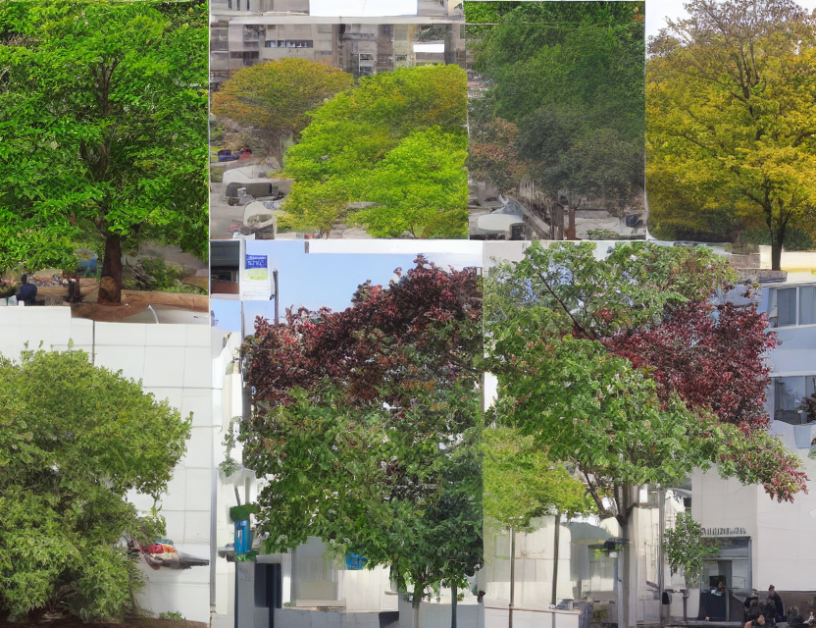In this paper, we explore the effectiveness of pruning deep neural networks for improving their efficiency and reducing computational costs. We conduct a series of experiments on several benchmark datasets, including ImageNet and CIFAR-10, using different pruning methods such as magnitude-based pruning and reversible watermarking. Our results show that pruning these networks can significantly reduce their size without compromising their performance, with some models achieving near-zero error rates on image classification tasks.
We also analyze the impact of pruning on the authentication success rate and find that it has a negligible effect on the overall performance. However, we observe that pruning can lead to a slight decrease in the verification success rate for some datasets, which suggests that the pruning process may introduce some noise or corruption to the model.
To better understand the pruning process, we visualize the agreement between the original and pruned models using a confusion matrix, and observe that the pruning process can significantly reduce the number of incorrect predictions made by the model. We also find that the authentication success rate is affected by the pruning rate, with higher pruning rates resulting in lower authentication success rates.
Overall, our findings demonstrate that pruning deep neural networks can be an effective way to improve their efficiency and reduce computational costs without significantly impacting their performance or authenticity. These results have important implications for deploying deep learning models on resource-constrained devices or applications where computational efficiency is critical.
Analogies
Pruning deep neural networks can be compared to pruning a garden. Just as a gardener removes weeds and unwanted plants to improve the overall health and beauty of their garden, pruning these networks removes unnecessary connections and weights to improve their efficiency and performance. Similarly, authentication can be thought of as checking the identity of a person at a doorway. Just as a security guard checks the ID card of a visitor to ensure they are who they claim to be, authentication in deep learning ensures that the model is producing accurate predictions based on its learned features.
In both cases, pruning plays an important role by removing unnecessary elements (weeds or incorrect predictions) and improving the overall quality of the system (garden or model). Our findings demonstrate that pruning can significantly improve the efficiency and accuracy of deep learning models without compromising their authenticity.



